As you discovered at the start of this guide, drippers have different types of connections and sometimes are built on a spike or without. We'll take you through the installation of these different types of drippers.
Barb Drippers
When using barb drippers, we can either insert them directly to the side of LDPE pipe (13mm or 19mm) or to the end of a length of 4mm pipe.
To insert directly to the side of LDPE pipe, we simply need to pierce a hole using an irrigation hole punch, then insert the barb inlet of the dripper into the hole.
If using the drippers in conjunction with micro supply pipe, push the micro supply pipe onto the barb inlet of the dripper. Fix in place using a micro tube stake.
Ensure the dripper is positioned close enough to the plant to provide water. If using adjustable drippers, you can share this between multiple plants grouped closely together.
TOP TIP: If you pierce a hole in the wrong place, you can use a micro blanking plug (aka Goof Plug) to close and seal the hole.
Spike Drippers
Whenever we use spike drippers, we want to connect them to the end of 4mm pipe. Simply push the barb inlet of the dripper into the end of the micro supply pipe, then anchor the dripper in place.
Some spike drippers are referred to as inline spikes. These allow you to connect a 4mm pipe to the inlet and then continue a chain of drippers by connecting a 4mm pipe to the outlet. We recommend only creating a chain of 3-4 drippers at a time. When ending the chain, use a normal spike dripper with only an inlet to terminate the run.
Threaded Inlet Drippers
The Shrubbler and Mini Bubbler adjustable drippers are available with a threaded inlet (either a 4mm thread or a ½” BSPF thread).
Use the 4mm threaded inlet dripper with a rigid riser or a spray stake. Useful for when you want to elevate a dripper for greater coverage. Use the ½” threaded inlet drippers with a ½” poly riser.















 Drip Irrigation Systems
Drip Irrigation Systems
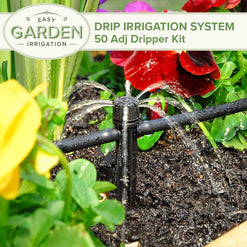
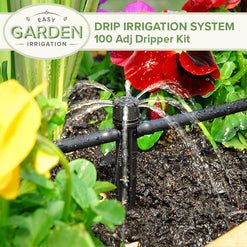
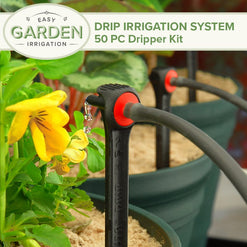
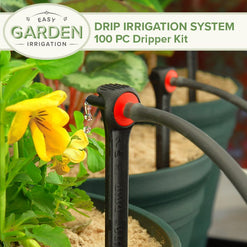
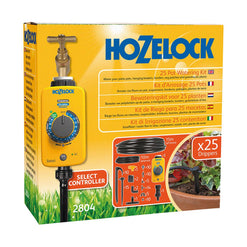
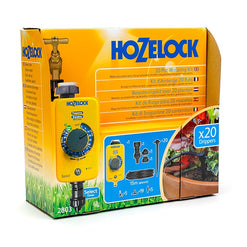
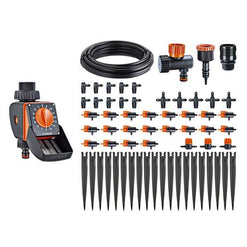
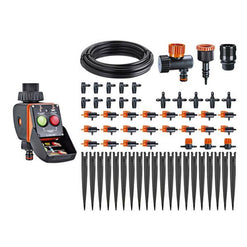






 hello@easygardenirrigation.co.uk
hello@easygardenirrigation.co.uk
 +44 (0) 1646 402 050
+44 (0) 1646 402 050